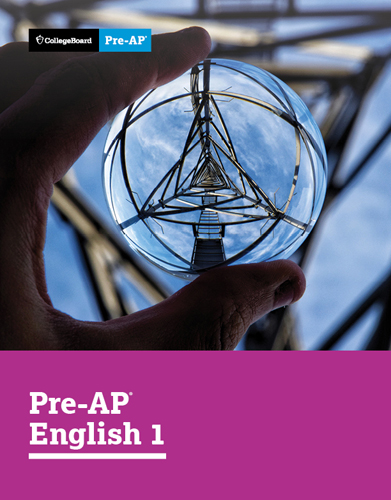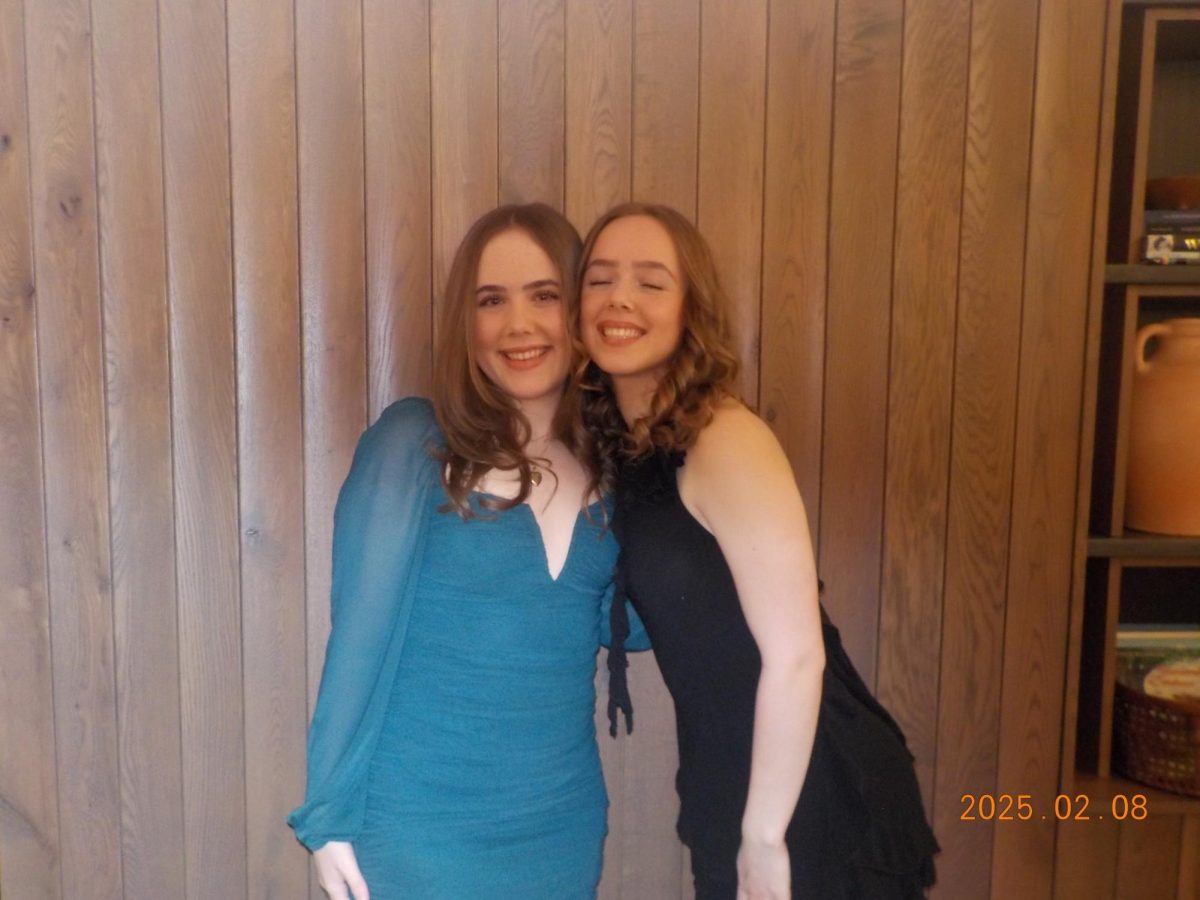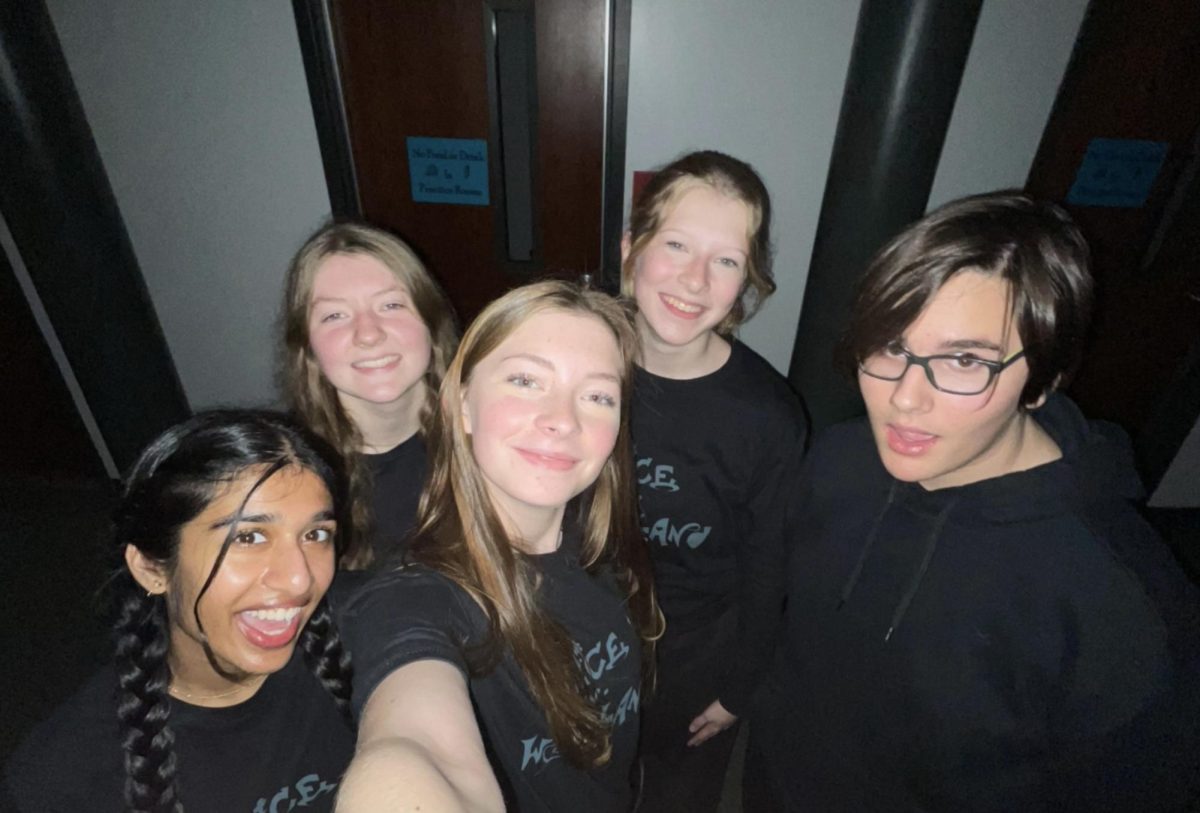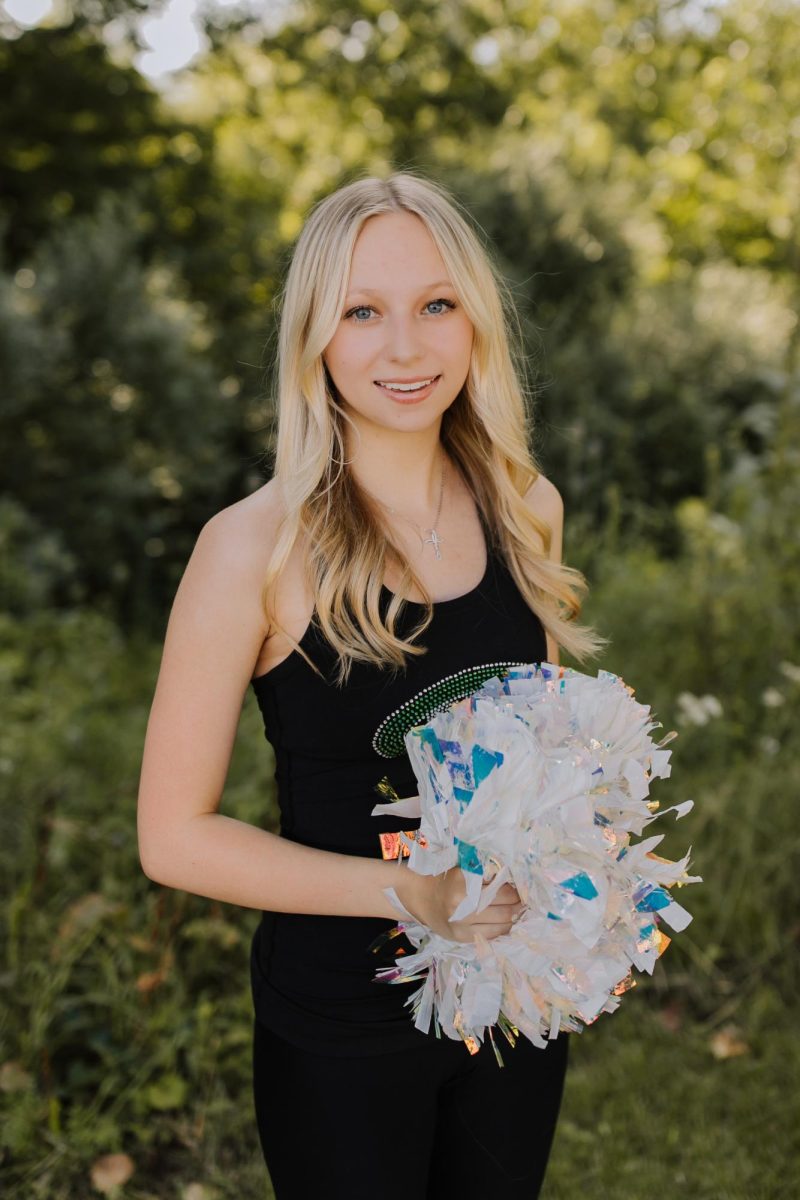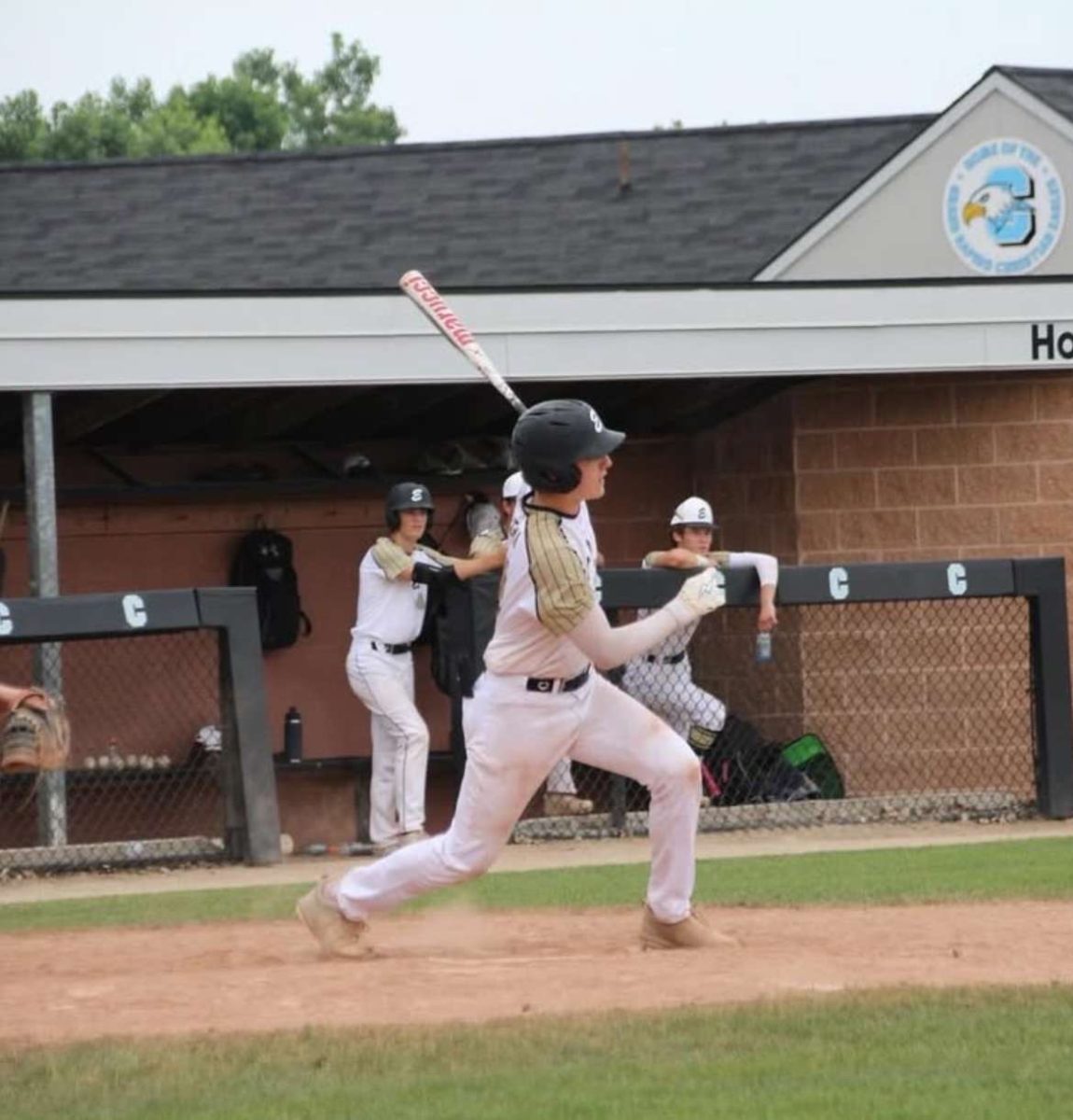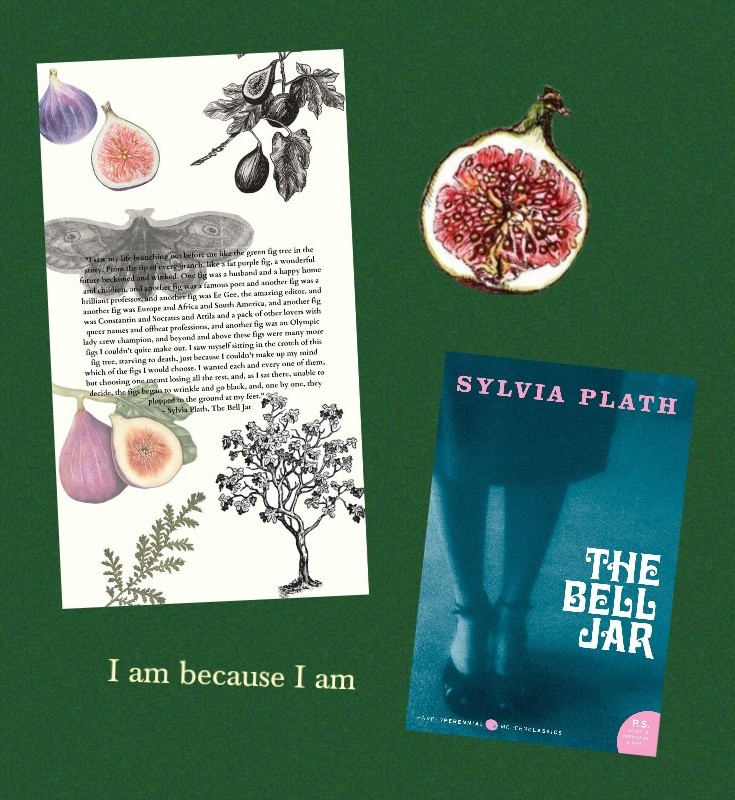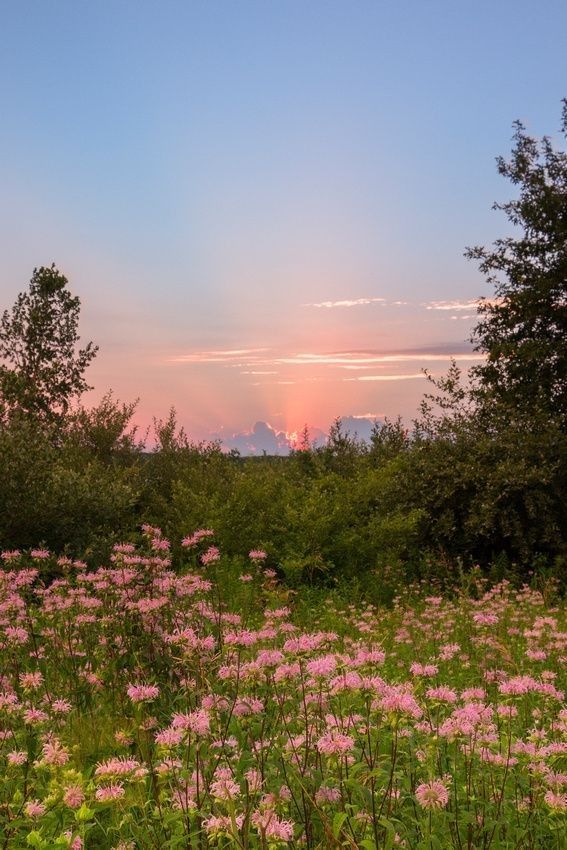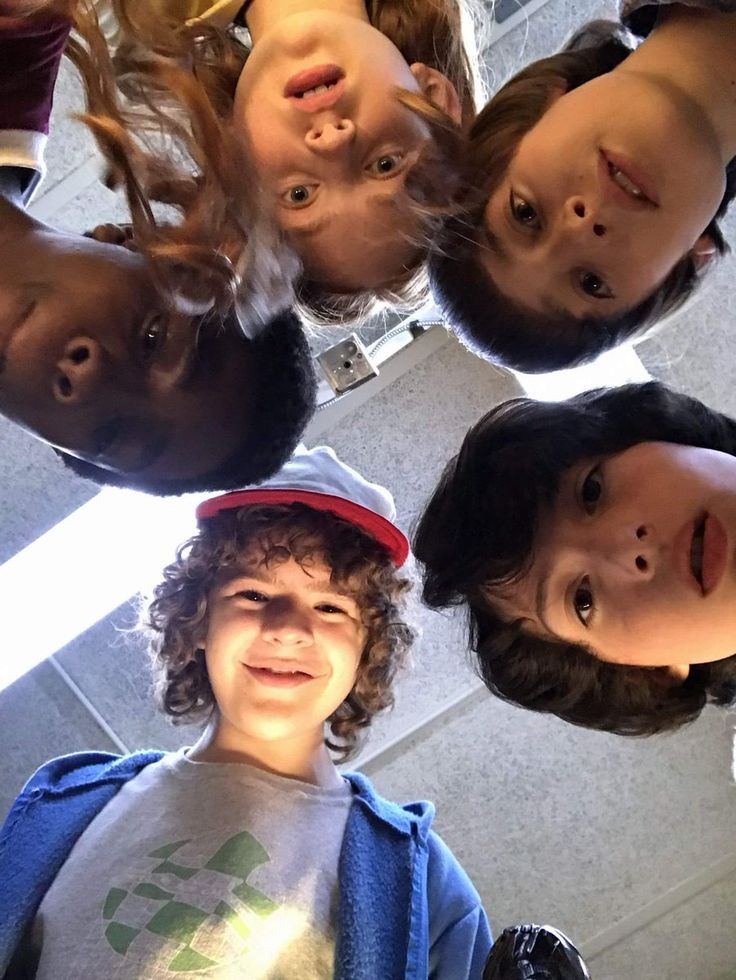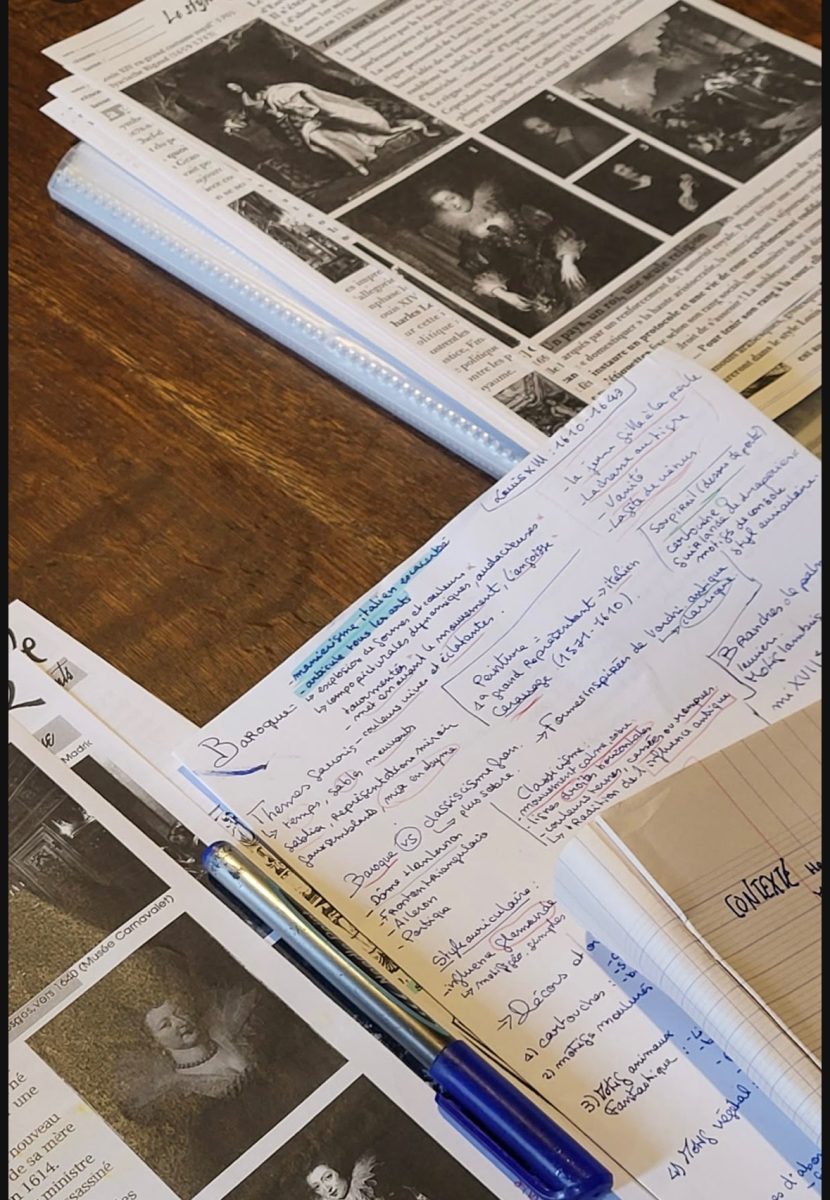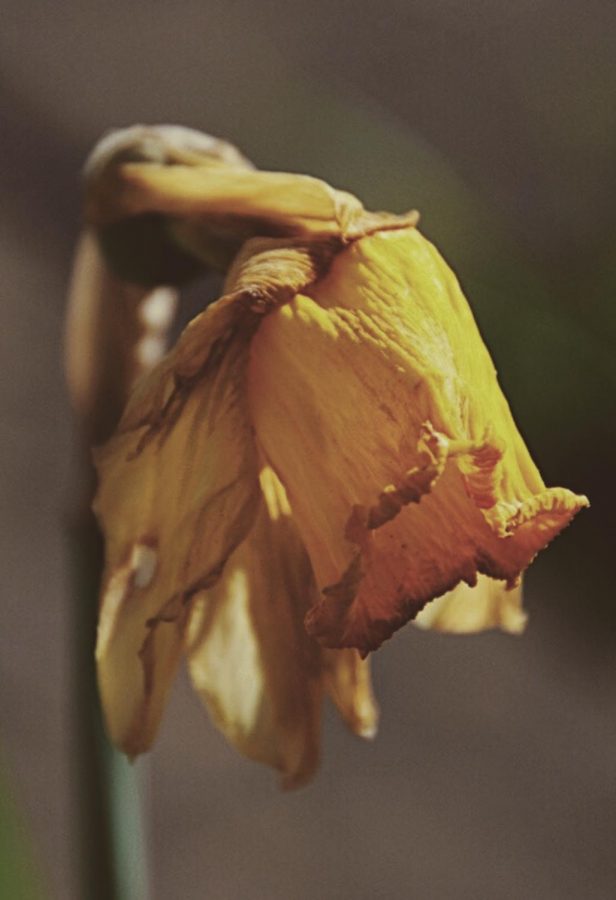One solution is not always the fix
Viridescent thin blades of grass populate the forest floor; each one juts forward, straight out of the murky dirt, with a final destination in mind, a goal. A green ocean of growing grass spills around the knotted trees.
This ocean, moving with the crisp breeze, hides what it treasures below: the dirt. The thing the grass takes root in, thrives in, and bases its growth in remains hidden as it caters to each individual blade.
Yet, disguised below the canopies and washes of green, the dirt wraps around one delicate, winding root.
Different from the short, stunted roots of grass, the dirt tightly hugs a dainty daffodil from beneath. Following the trail from the frayed fibers beneath to the blooming, pious petals, the sturdy stem snakes through the grass and dirt as it opens to the sky.
As the sun streams through the gaps in leaves above, the daffodil basks almost religiously in the light; the forest is set aglow with warmth and joy as the affable spring season varnishes the vegetation.
With the lifting of love and life from the dirt came a distasteful stream of aphids, buzzing with each step. Varying shades of green and brown that coated the aphids act as camouflage against the forest floor; mixing in with the dirt and grass, they are practically imperceptible as the line of them sneakily shifts throughout the blades.
Finishing the maze of grass and reaching the stem, the aphids have found their destination like the blades reaching for the sky, and they circle around the base of the daffodil as if called to it by an unnatural source.
With the sun still selflessly shining, the daffodil is distracted from the events unfolding below as its roots dig deeper into the terrain. Beloved nutrients and the jacket of heat from the sun enamor the daffodil’s mind, but the aphids are soon to break the trance.
The crisp wind—the one that had given the grass rhythm—soon comes to a noticeable end as a shadow obstructs the gusts and harbors a chill.
With jolts that shook the ground, the shadow soon gave way for the introduction of a stranger; doe-eyed, the figure peered upon the life around its feet and latched on to the lone daffodil among the sea of green.
Analyzing the flower with lush petals packed with pink pigment, the figure read into every detail. Moving down from the petals, it noticed movement on the stem. With furrowed eyebrows, the figure collapsed to its knees and grabbed the stem.
The aphids—they are scaling the stem of the flower like an insurmountable mountain.
Taken aback, the stranger views them as a pest, and it darts away with a new motive in its jaded eyes. The forest returned to the peace and light, and the flower remained still in the breeze as the aphids continued their climb.
Minutes slowly pass like the decay of a dead plant, and the figure returns like the inevitable wintry season. A bottle unknown to the forest, never seen before, fills the hand of the figure. Approaching the daffodil once more, this time with more precision, the bottle is pointed towards the stem.
A spray of liquid takes the daffodil by surprise. The aphids flee the stem, fearing the poisonous spray designed for pests; the droplets, now without a target, sink into the daffodil and drop into the dirt. The poison seeps far down, targeting the very core of the flourishing flower: the roots.
Pink petals begin to steadily curl inward in response to the life being burnt out; the stem, once inky and powerful, caves to the waves of weakness inserted by the stranger’s “solution.”
And the daffodil begins to wilt from the inside out, beginning at the roots which were hidden in the dirt. The sickly sweet stranger, one without knowledge of the flower, had only inflicted more damage.

Lynlee is a senior and is starting her final year in the midst of all this COVID-19 chaos, which is fitting for her strange luck. Room 139—home to The...






